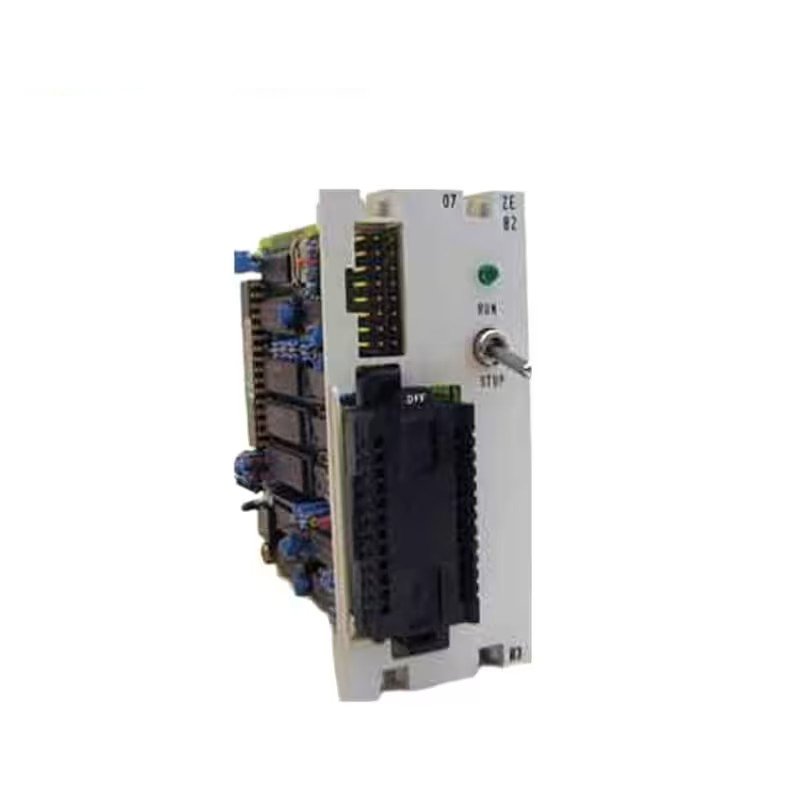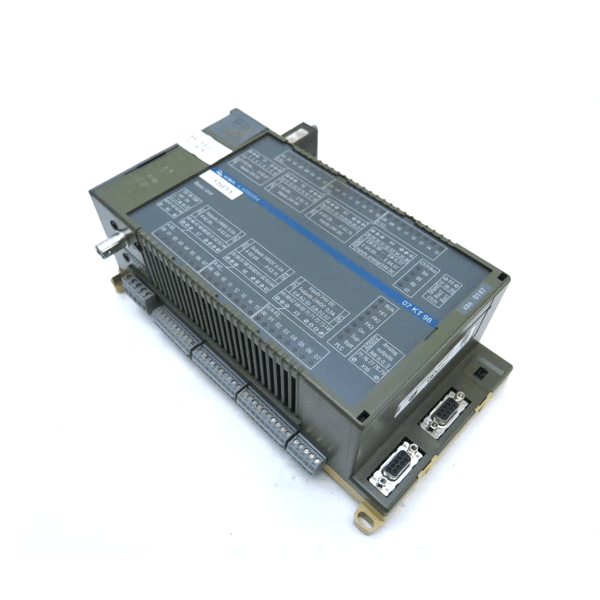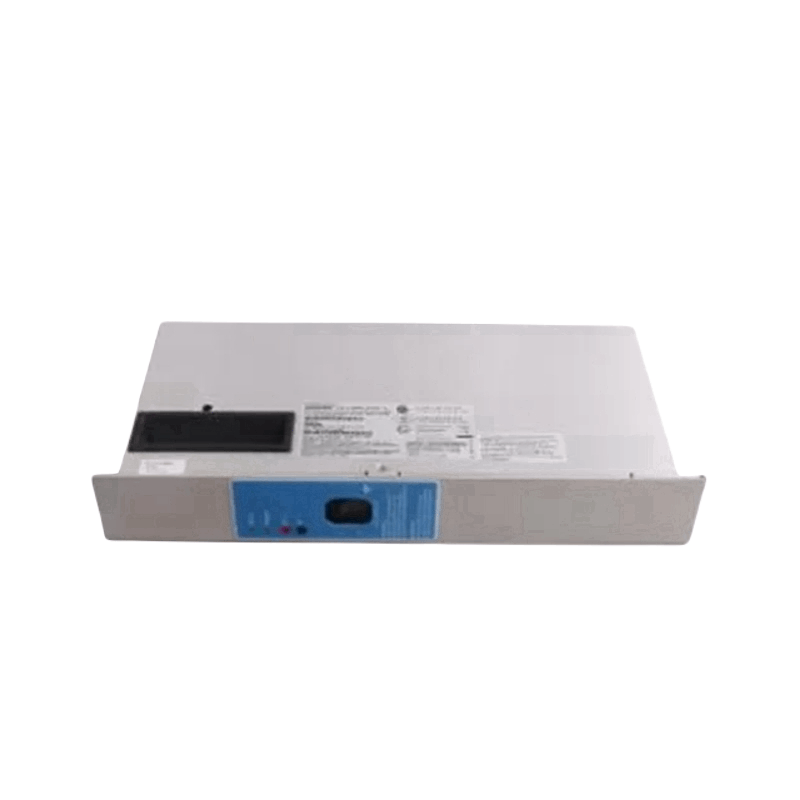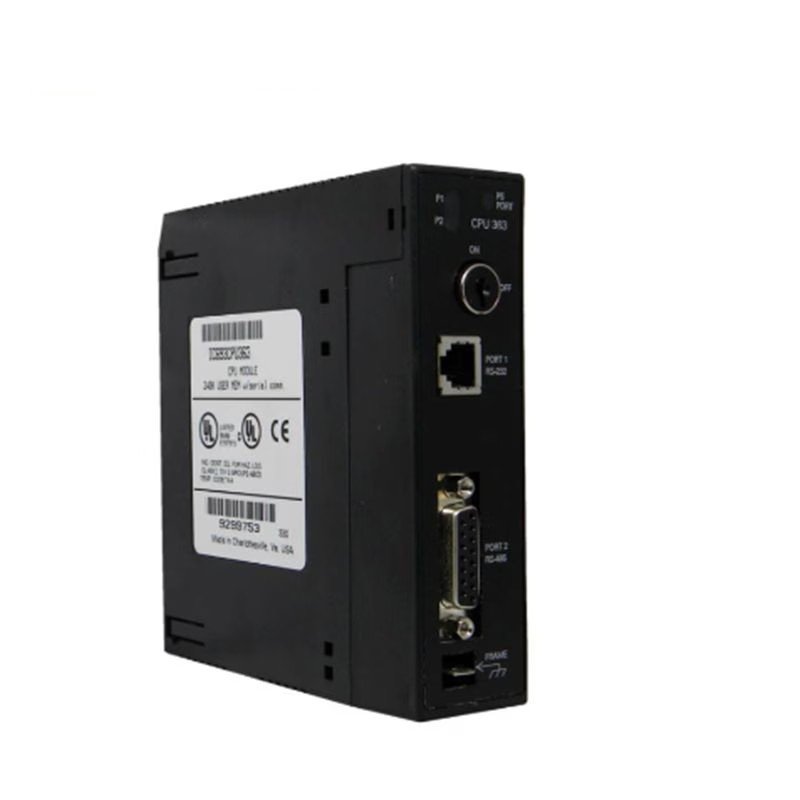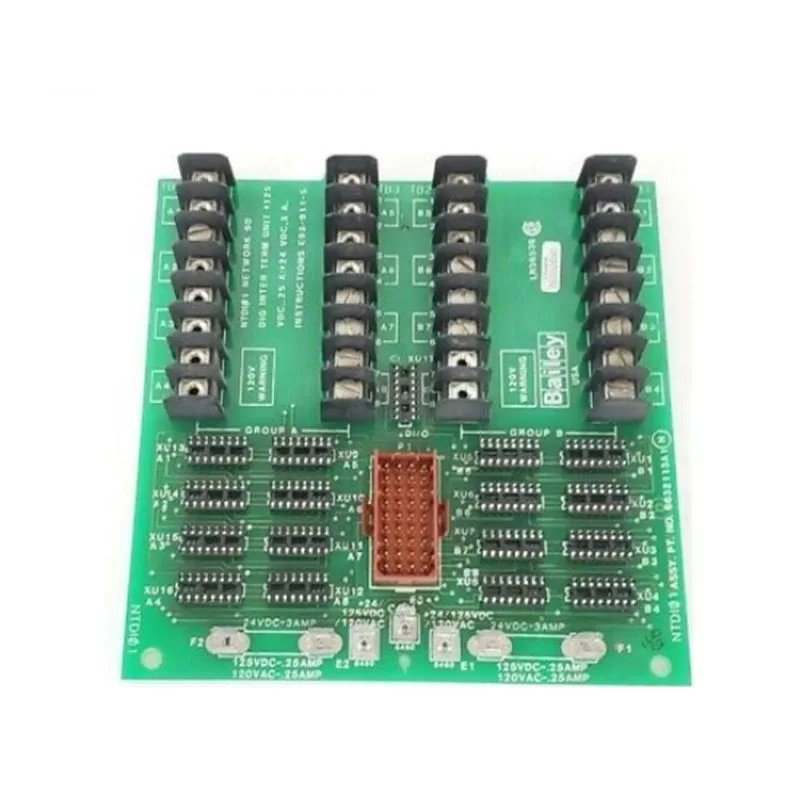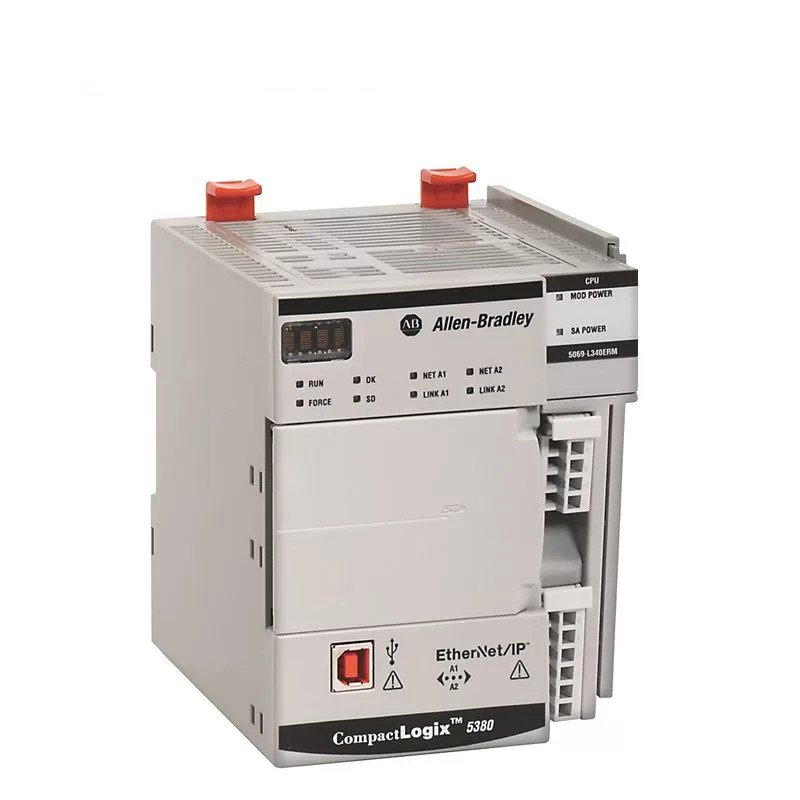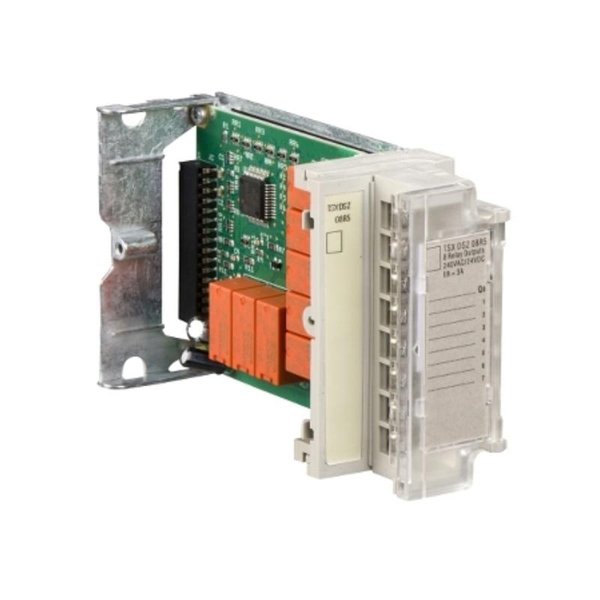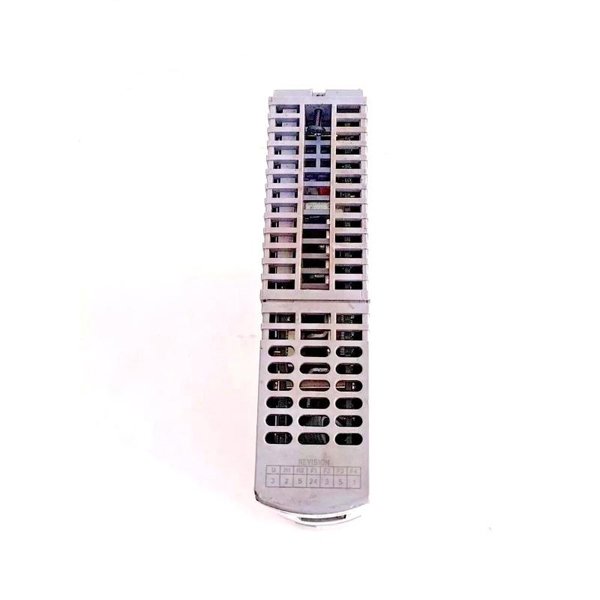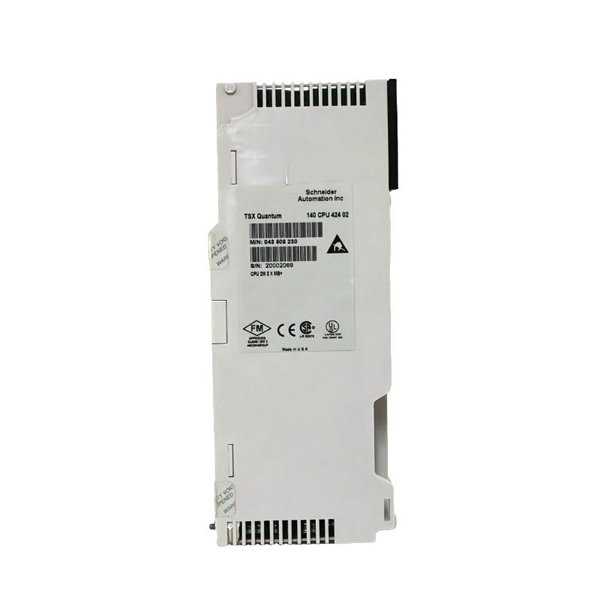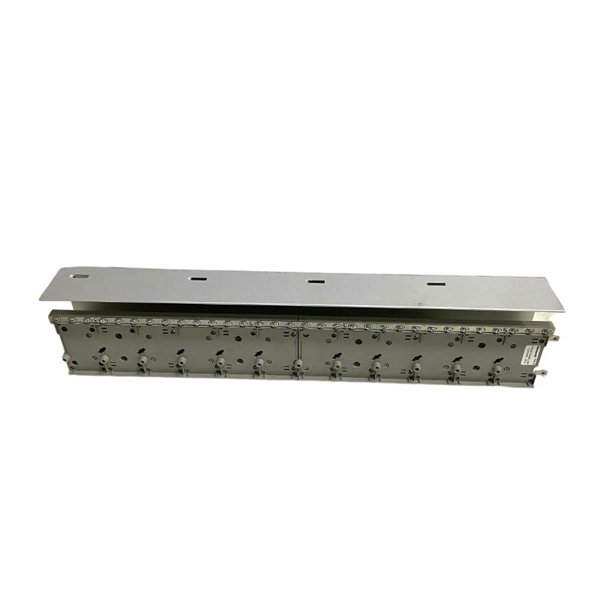A PLC in industrial automation (Programmable Logic Controller) is a robust, programmable digital computer designed to control manufacturing processes, machinery, and assembly lines with high accuracy, reliability, and flexibility. Widely used across industries like automotive, food processing, energy, and pharmaceuticals, PLCs replace manual control systems, enabling real-time data processing, fault detection, and seamless integration with SCADA, IoT, and HMI systems. Their modular design supports scalability, while advanced communication protocols ensure smooth connectivity with sensors, actuators, and industrial networks. With the rise of Industry 4.0, PLCs in industrial automation are vital for enhancing productivity, minimizing downtime, optimizing resource usage, and ensuring safety compliance in complex industrial environments.
What is a PLC in Industrial Automation
A Programmable Logic Controller is an industrial-grade digital computer designed to monitor inputs, process them through programmed logic, and control outputs.
Unlike regular office computers, PLCs are built for rugged environments, meaning they can function in conditions involving:
-
High temperatures
-
Dust and moisture
-
Electrical noise
-
Continuous operation without interruption
Fact: The first PLC, Modicon 084, was developed in 1969 for the automotive industry to replace complicated relay systems.
How PLC Works in Industrial Automation
Think of a PLC as the brain of an industrial process. It works in a continuous loop of:
-
Input Scan – Collects signals from sensors, switches, and measuring devices.
-
Logic Execution – Runs a pre-programmed set of instructions (written in ladder logic, function block diagram, or structured text).
-
Output Scan – Sends commands to actuators, motors, valves, and alarms.
-
Diagnostics – Checks for errors or abnormal readings.
This loop typically happens in milliseconds, enabling real-time control.
Why PLC is Important in Industrial Automation
1. Precision and Accuracy
PLCs ensure consistent quality in production. For example, in pharmaceutical manufacturing, dosing must be accurate to fractions of a milliliter — something a PLC can handle without human error.
2. High Reliability
PLCs are designed for 24/7 operation. Downtime is minimized, which is crucial in industries where one hour of production loss can cost thousands of dollars.
3. Flexibility in Programming
A process can be updated or modified simply by changing the PLC program — no need to rebuild the control panel or wiring.
4. Cost Efficiency
Automating repetitive and labor-intensive tasks reduces workforce costs and improves ROI. According to Deloitte, automation can improve productivity by 20–25% in manufacturing.
5. Safety
PLC systems integrate emergency stop functions, interlocks, and alarms that protect both the equipment and human operators.
Applications of PLC in Industrial Automation
PLCs are used in almost every industrial sector.
Here are some real-world applications:
Automotive Industry
-
Assembly line control
-
Robotic welding and painting
-
Quality inspection systems
Food and Beverage
-
Automated packaging
-
Sorting and grading systems
-
Temperature and humidity control in storage
Water Treatment Plants
-
Pump control
-
Chemical dosing systems
-
Monitoring pH and turbidity
Oil & Gas
-
Drilling rig automation
-
Refinery process control
-
Pipeline monitoring
Pharmaceutical Industry
-
Batch processing
-
Tablet counting and packaging
-
Sterilization processes
Fun Fact: Coca-Cola’s beverage production lines use PLC systems to monitor and adjust bottle filling levels in real time.
PLC vs. Traditional Relay Systems
Before PLCs, industries used hard-wired relay logic to control processes. This was:
-
Time-consuming to update
-
Space-consuming in control panels
-
Prone to wear and tear
PLCs replaced relays by offering:
-
Software-based programming instead of rewiring
-
Compact designs
-
Higher reliability and faster operation
Future of PLC in Industrial Automation
With the rise of Industry 4.0, PLC technology is evolving to integrate:
-
IoT Connectivity – PLCs can send data to cloud platforms for analysis.
-
Artificial Intelligence – Predictive maintenance using AI algorithms.
-
Remote Monitoring – Technicians can diagnose issues from anywhere.
-
Cybersecurity Enhancements – Protection from hacking attempts on industrial systems.
Industry Insight: By 2030, AI-enabled PLCs could reduce maintenance costs by 40% through predictive analytics.
Conclusion
The PLC in industrial automation is not just a control unit — it’s the nerve center of modern industries. Its ability to deliver precision, efficiency, and safety has made it an indispensable tool across manufacturing, energy, food, water, and oil & gas sectors.
As industries move towards smart factories, PLCs will continue to evolve, becoming smarter, more connected, and more data-driven — ensuring that the future of industrial automation remains innovative, efficient, and competitive.
